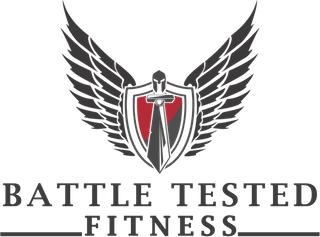Planning for a physical engagement requires much from your body and mind. Here are a few pointers for getting battle ready for a host of real life or sports related challenges:
1. Train your body for the specific physical demands of your event or engagement. If you are trying to pass a military, police, or fire department physical entrance test like an obstacle course, running eight miles won’t help you improve your anaerobic strength capacity or speed, agility and quickness, but progressively intense total body resistance and reactive training will help you get the results you need. Conversely, spending a majority of your physical training time lifting heavy weights won’t help you improve your time in endurance sports. It is OK to cross train in other sports and incorporate various levels of physical intensity, but keep your main focus on preparing your body for the specific demands it will face.
2. Situational Awareness. Doesn’t matter if you are in a field of play or field of fire, mental acuity is paramount for success. Having strong internal discipline and razor sharp focus will only enhance your performance. Wayne Gretzky understood the importance of situational awareness in the hockey rink; he attributed his success for knowing, “where the puck was going to be.”
3. Tapering the intensity before a big event. Going all out in training is good, just make sure it is not days before your body and mind will be put to the test. The central nervous system (CNS) regulates the body’s functions, if you don’t give the CNS enough time to recover from the accumulated physical and mental stress, you will not be at your best when you need it most.
Use these tips in preparing for your next sporting event or physical fitness test and be battle ready.




